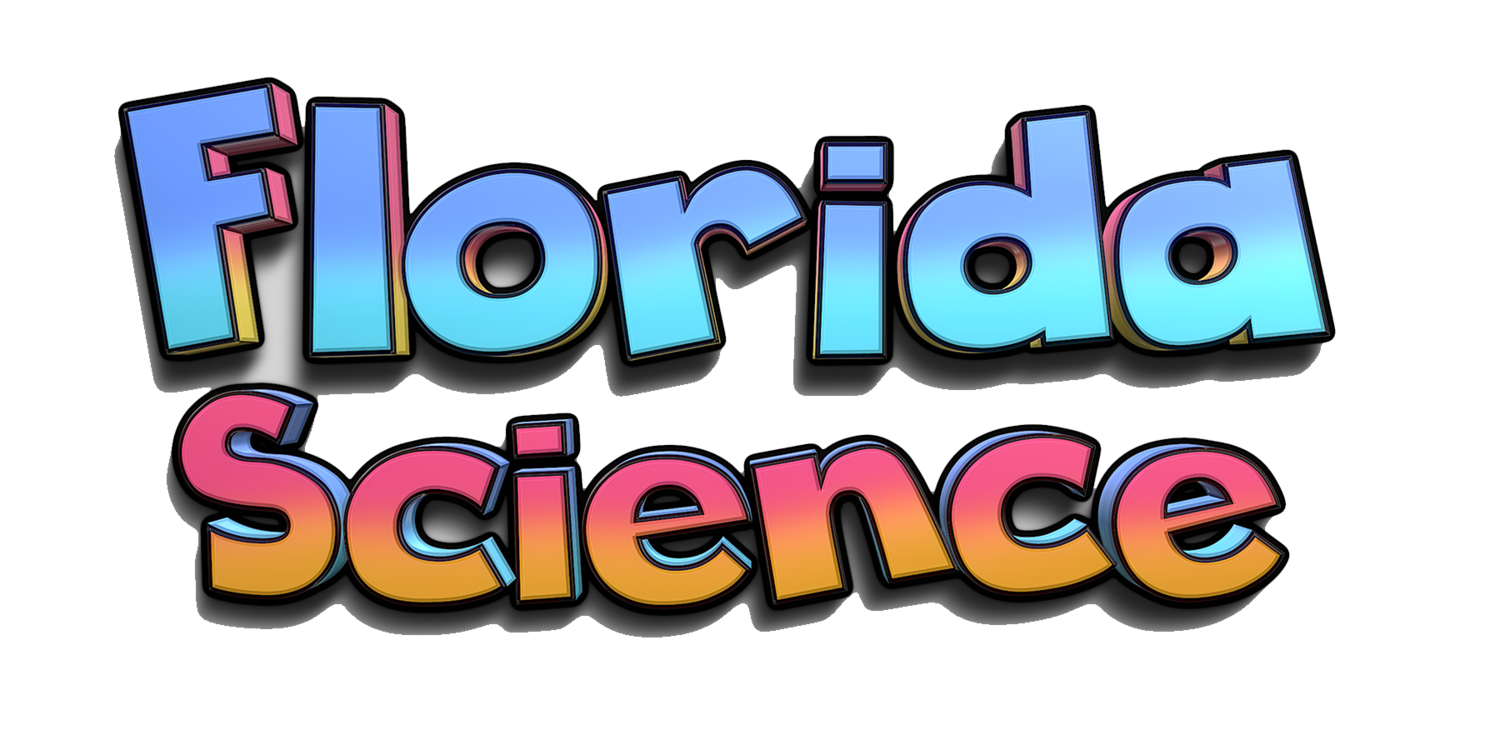SC.4.E.6.2 Properties of Minerals
SC.4.E.6.2: Identify the physical properties of common earth-forming minerals, including hardness, color, luster, cleavage, and streak color, and recognize the role of minerals in the formation of rocks.
What Are Minerals?
Minerals are solids materials that are formed in the crust of the Earth. Minerals make up all rocks. Some rocks are made of one kind of mineral, and some rocks are made of many minerals.
Minerals make up many materials on Earth. Salt is a mineral, and so is gold. Some minerals like salt have a crystal structure that is easy to observe. All minerals have a crystalline structure, but in metals that structure is too small to be seen. When you look at gold, you wouldn’t think of it as having a crystalline structure. Quartz, feldspar, mica,calcite, talc, pyrite, and graphite are all very common minerals. In fact, you are probably using graphite right now: the “lead” in your pencil isn’t lead at all. It is a mineral, crushed from rocks, called graphite. Graphite has many uses. It is often used to make tools like fishing poles and baseball bats.
Quartz, feldspar, and calcite are three of the most common minerals on Earth. They are found in many rocks on Earth’s surface. Quartz and calcite are very common in Florida. The white sands of Florida are formed from broken pieces of quartz. Calcite is a mineral that is dissolved in ocean water (like salt). Animals like coral, shrimp, clams, and oysters use the calcite dissolved in water to make their shells. When the shells of the organisms fall to the bottom of the ocean, they are deposited with other sediments and form sedimentary rock. This is easy to observe when you pick up a rock anywhere in Florida and can see bits of clam shells in them.
Feldspar is a word that means “field rock.” This mineral is so common in some parts of the world that it just means “rock.” Mica is a very interesting looking mineral. It is shiny and silvery but flakes apart into thin sheets very easily. Pyrite is commonly called fool’s gold, because of is golden metallic appearance. Talc was once used as baby powder. It is one of the softest minerals on Earth.
How Can Minerals be Observed and Compared?
Quartz and calcite are very similar in appearance. To tell them apart, you would have to compare them using the five basic mineral tests. These tests are hardness, color, luster, cleavage, and streak color.
Hardness is a comparison between two or more minerals. To compare the hardness of two minerals, one mineral is used to try to scratch the other. The mineral that is found to scratch the other mineral is the harder of the two. This scratch test can be used to place minerals in order of hardness. For example, talc is a soft mineral. It can be scratched with a fingernail. Quartz is a hard mineral. Quartz will scratch talc. Diamond is the hardest mineral. Diamond will scratch all other minerals, but no other mineral will scratch diamond. Only diamond will scratch another diamond.
Color is used to describe minerals. Some minerals, such as talc and graphite, only have one color. Talc is white and graphite is grey. Quartz can be found with many different colors. Most quartz is white, but it can also be found in other colors.
Luster describes whether a mineral is shiny or dull. Luster can also describe whether the mineral is transparent, translucent, or opaque. A mineral that is transparent will allow all light to pass through. You should be able to see clearly through a transparent mineral. Quartz is often transparent. Translucent minerals pass some light through, but not clearly. Calcite and salt are two minerals that are translucent. Light passes through, but the mineral is not clear: it is cloudy. Opaque minerals do not allow light to pass through. You will not be able to see through opaque minerals at all. Feldspar, talc, graphite, and pyrite are all opaque.
Cleavage describes the way a mineral breaks apart along a face. Some minerals including salt, quartz, and calcite break apart cleanly along one or more faces of the mineral. Salt will break apart into cube-shaped crystal due to its cleavage. Quartz and calcite break apart into crystals with several flat faces. Quartz and calcite are often what you think of when you think of crystals. Mica has a unique cleavage: mica breaks apart into thin sheets along one face of the mineral. Think of a stack of papers: mica will break into thin sheets just like a stack of paper separating.
Streak coloris the test used to describe minerals. To test streak color, a mineral is rubbed against a tile plate. The streak of color that is left behind is recorded as streak color. Some minerals will leave behind a powder streak that is the same color as the mineral itself. If graphite, a gray mineral, is rubbed on a tile, the streak color is also grey. Pyrite, a mineral often called “fool’s gold,” leave a brownish-black streak, even though the mineral appears gold in color. This is an easy test to tell the difference between real gold and pyrite: real gold would leave a gold streak color.





